Rare Rides: The 1987 Hyundai Stellar, Korean Midsize and Ford Cousin

The Rare Rides series has featured just two Hyundai offerings in past entries, the affordable Pony that Canadians loved, and a Mitsubishi Precis that was a rebadge of the Excel. Today’s larger Rare Ride was sold alongside those two in places outside the United States. Meet Stellar.
When the Stellar was developed, Hyundai was still in its cobbling phase as an auto manufacturer. Prior to 1983, Hyundai’s midsize sedan offering was the European market’s Ford Cortina. Built by Hyundai in Korea and sold complete with a Ford badge, Hyundai built the Cortina through four generations between 1968 and 1982. At that point Hyundai was getting up on its own two feet, and decided to make its own midsize sedan for the first time. The new car was also based on the Cortina.
Hyundai held onto the Mark V Cortina chassis they’d been using for their licensed sedans from 1979 to 1982, but wanted a new exterior design that was distinctly their own. They turned to Italdesign, and Giorgetto Guigiaro himself, and he’d later pen the Excel. Giugiaro turned in his homework – a rather uninspired three-box shape. But it would do.
Hyundai then went engine and transmission shopping at the Mitsubishi store, where they picked up a 1.4-liter inline-four (the 4G33) from the Seventies Galant, Lancer, and Plymouth Arrow. That engine was sold alongside Mitsubishi’s 1.6-liter for the first few years, and for 1987 a third engine arrived: a 2.0-liter Mitsubishi unit. The 2.0 meant the 1.4 disappeared almost immediately, and it was the sole engine option for 1990 onward. Transmissions were several, and included manual transmissions of four and five speeds from Mitsubishi, as well as three- and four-speed automatics from BorgWarner.
Unusual for the time and class (but now a Hyundai SOP), the Stellar had an unusually high level of equipment as standard on its higher trims. Luxury features like headlamp washers, power windows, mirrors, locks, and even air conditioning as an option. Across the European market and particularly in the UK, Hyundai was suddenly in an advantageous position with the Stellar.
For 1983 as the Stellar arrived, so did Ford’s new replacement for the Cortina: The aerodynamic and futuristic looking Sierra. Many conservative buyers weren’t thrilled with the Sierra change, and Hyundai was all too happy to remind them of their prior Cortina experience. So much so that Hyundai called their Stellar a successor to the Cortina in their print advertising, and showed a plastic mold of a Sierra-like shape. They stopped short of a mention of the Stellar’s Cortina underpinnings specifically. Imagine in The Current Year if Ford introduced a big new sedan and called it a serious successor to the recently discontinued Toyota Avalon. Unthinkable!
Hyundai sweetened the deal with the Stellar’s pricing, as it was priced a class down like the more compact Escort. Stellar found a market in the UK, and indeed globally, with the exception of the United States. Much like the Pony we featured previously, the Stellar did not comply with Eighties emissions regulations given its early Seventies Mitsubishi engines.
The aforementioned arrival of the 2.0-liter engine did improve the Stellar’s performance and accompanied a considerable refresh for the 1987 model year. Though it was too late, the carbureted 2.0 did meet US emissions regulations: It was the same one used in the Mighty Max and the Dodge Ram 50. Other changes for ’87 included a rework of the double wishbone front suspension into a MacPherson strut setup, a two-piece driveshaft, new headlamp and tail lamps, and a catalytic converter. It was a large enough update to warrant several new monikers dependent upon market. For most the world the revised car was called Stellar II, but Canadians disliked Roman numerals or whatever so there it was called Stellar 2.0. In high specification in European countries, sometimes it was labeled Stellar Prima. Finally, the Korean market name was a preview of what was to come later, as high trim Stellars were called Sonata from 1985 to 1987.
Through numerous trim changes (and a Seoul Olympic Edition for Korea in 1988), the Stellar ran through the 1992 model year. Hyundai had a new world car ready, this time on a new joint Hyundai-Kia platform. It was of course the Sonata, technically the model’s third generation. Hyundai headed upscale in its home market at that time too: Lower trim customers transitioned from Stellar to Sonata, while more luxurious buyers were funneled toward the new Grandeur, a joint project with Mitsubishi (the Debonair).
Today’s Rare Ride is a refreshed Stellar 2.0 GSL (the top trim) and is located in The Netherlands. It has an automatic, faux wood trim, tweedy seats, and looks in decently preserved condition. Yours for $2,900.
[Images: Hyundai]

Interested in lots of cars and their various historical contexts. Started writing articles for TTAC in late 2016, when my first posts were QOTDs. From there I started a few new series like Rare Rides, Buy/Drive/Burn, Abandoned History, and most recently Rare Rides Icons. Operating from a home base in Cincinnati, Ohio, a relative auto journalist dead zone. Many of my articles are prompted by something I'll see on social media that sparks my interest and causes me to research. Finding articles and information from the early days of the internet and beyond that covers the little details lost to time: trim packages, color and wheel choices, interior fabrics. Beyond those, I'm fascinated by automotive industry experiments, both failures and successes. Lately I've taken an interest in AI, and generating "what if" type images for car models long dead. Reincarnating a modern Toyota Paseo, Lincoln Mark IX, or Isuzu Trooper through a text prompt is fun. Fun to post them on Twitter too, and watch people overreact. To that end, the social media I use most is Twitter, @CoreyLewis86. I also contribute pieces for Forbes Wheels and Forbes Home.
More by Corey Lewis
Latest Car Reviews
Read moreLatest Product Reviews
Read moreRecent Comments
- Jeffrey Henry Ford said about innovation, “ If I had asked my customers what they wanted, then they would have said a faster horse." Change is inevitable!!!https://www.wri.org/insights/countries-adopting-electric-vehicles-fastest#:~:text=Currently%2C%2016%20countries%2C%20including%20Canada,create%20and%20enforce%20such%20policies.
- ToolGuy If these guys opened a hotel outside Cincinnati I would go there to sleep, and to dream.
- ToolGuy Michelin's price increases mean that my relationship with them as a customer is not sustainable. 🙁
- Kwik_Shift_Pro4X I wonder if Fiat would pull off old world Italian charm full of well intentioned stereotypes.
- Chelsea I actually used to work for this guy



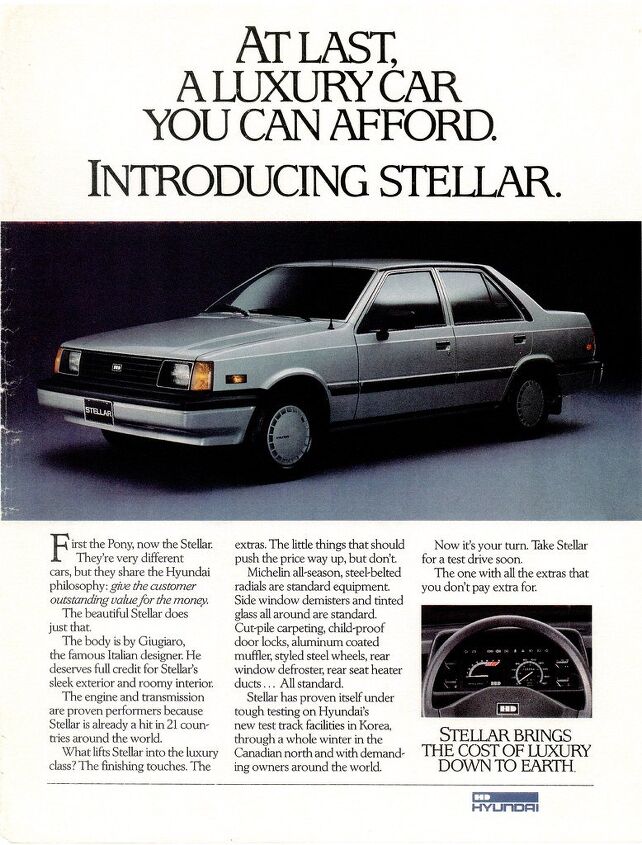



















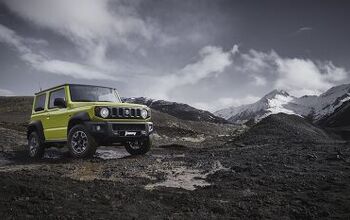
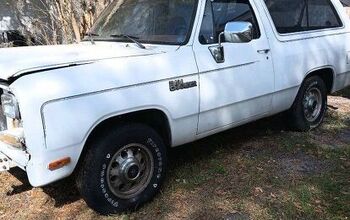
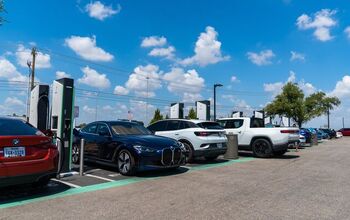


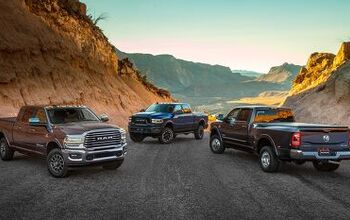
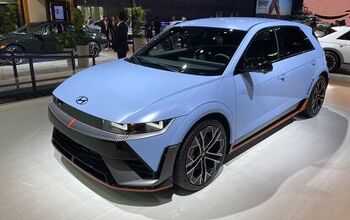
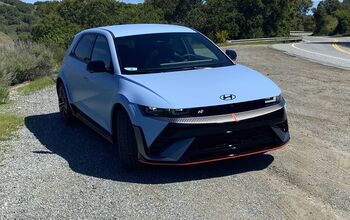
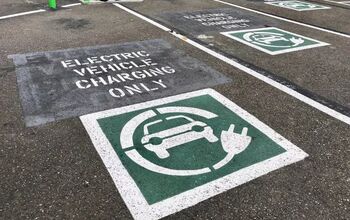

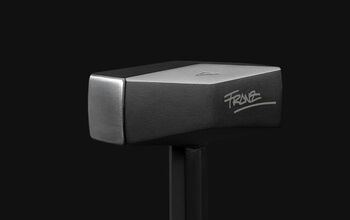
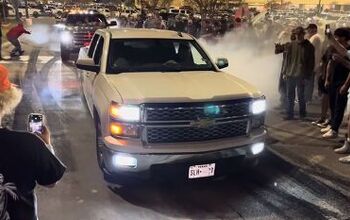

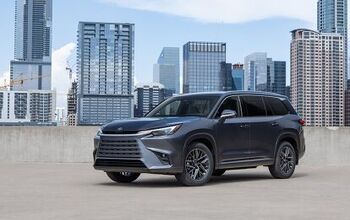
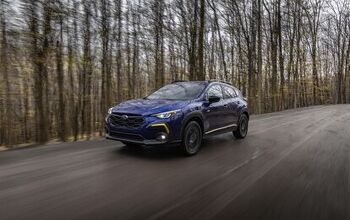
Comments
Join the conversation
Burn.
Were the pound and dollar at parity, or close to it, in the 80's? Those prices seem kinda high for what you get from a 2nd tier automaker, especially if the pound had the same heightened value over the dollar as it has recently. Not living there, I don't know how the recent split from the European Union has affected things.